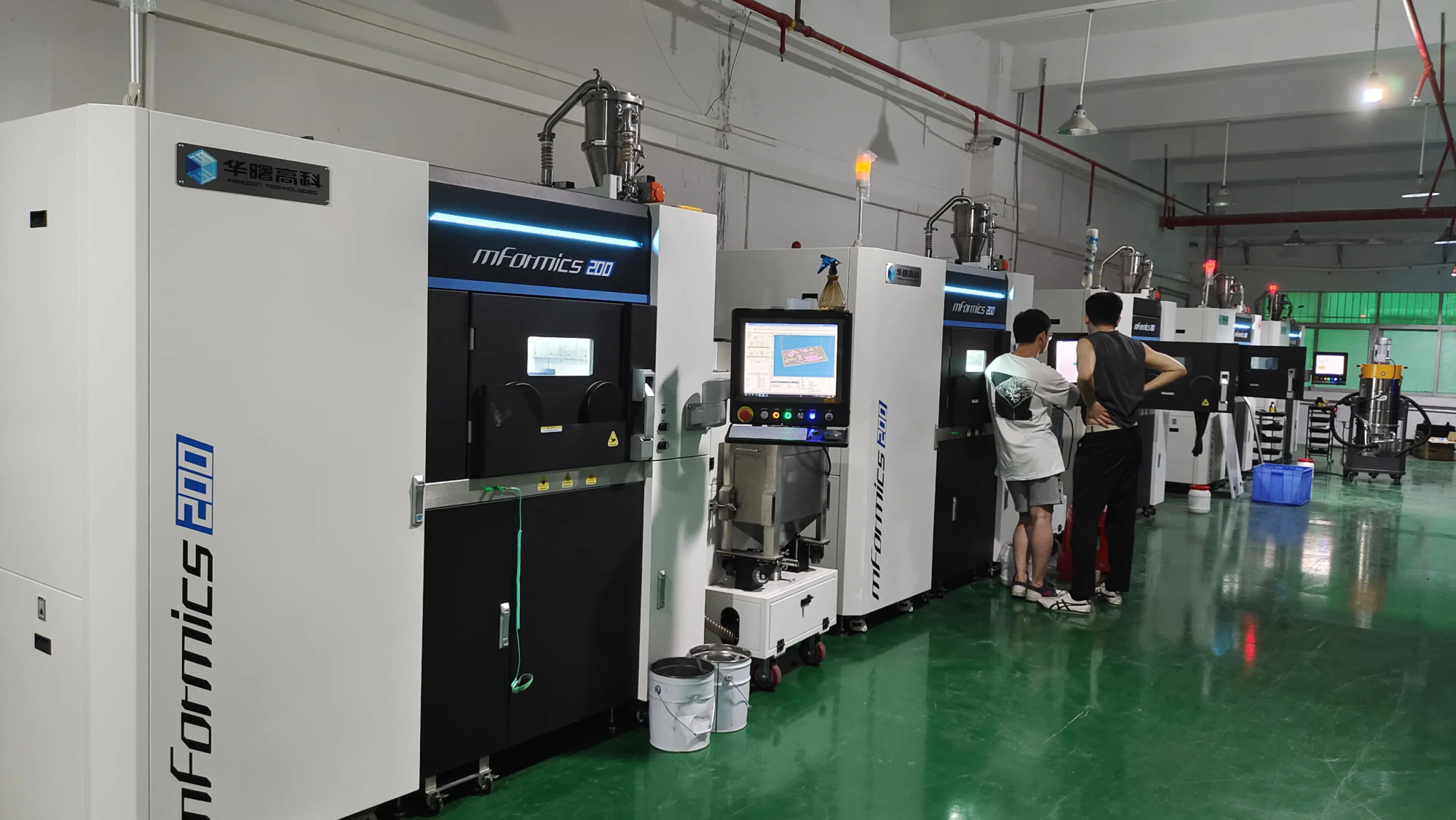As 3D food printing technology continues to gain popularity, concerns about safety have become a top priority. The ability to create complex food structures, customize nutrition content and reduce food waste is just a few benefits of 3D food printing. However, ensuring the safety of the final product is crucial to prevent pollution, spoilage and harm to consumers. In this article, we will dig into the safety aspects of 3D food printing, highlighting key issues, regulations and best practices to ensure safe and healthy food.
One of the main concerns of 3D food printing is the risk of pollution. The use of raw materials such as meat, dairy and eggs increases the risk of bacterial contamination, such as salmonella and E. coli. In addition, the printing process itself can introduce contaminants such as dust, dirt and other microorganisms into the food. To mitigate this risk, appropriate hygiene and hygiene protocols must be implemented, including the regular cleaning and disinfection of printers and their components.
Another key aspect of 3D food printing safety is controlling temperature and humidity. Many foods require specific temperature and humidity conditions to prevent spoilage and contamination. For example, meat and dairy products need to be refrigerated to prevent bacterial growth, while baked goods need to control temperature and humidity to maintain texture and freshness. 3D food printers must be designed to maintain these conditions and manufacturers must provide clear guidelines for temperature and humidity control.
Regulations and standards for the safety of 3D food printing are still evolving, but some organizations have established guidelines and protocols to ensure food production is safe. The U.S. Food and Drug Administration (FDA) has issued guidelines for the production of 3D printed foods, including requirements for hygiene, hygiene and allergen control. The International Organization for Standardization (ISO) has also established standards for 3D printing, including requirements for safety, quality and environmental management.
Best practices for 3D food printing safety include:
*Implement appropriate health and hygiene protocols
*Control temperature and humidity conditions
*Use safe and approved food materials
* Correct labeling and packaging products
* Provide clear instructions for processing and storage
*Conduct regular testing and inspections to ensure product safety
In addition to these best practices, manufacturers and consumers must understand the potential risks associated with 3D food printing, including:
*Asensitivity to new ingredients or materials
*Contamination of chemical substances or other substances
*Nutritional imbalance or defect
* Unexpected impacts of food processing and manufacturing
In short, 3D food printing safety is a key aspect of this emerging technology. By understanding key issues, regulations and best practices, manufacturers and consumers can ensure safe and healthy food. As technology continues to evolve, it is necessary to be aware of the latest developments and guidelines to prevent pollution, spoilage and harm to consumers.
FAQ:
Q: What are the main issues in 3D food printing safety?
A: The main concerns include pollution, temperature and humidity control and the use of safe and approved food materials.
Q: Are there any regulations and standards for 3D food printing safety?
A: Yes, several organizations, including the FDA and ISO, have established guidelines and protocols to ensure safe food production.
Q: What are the best practices for 3D food printing safety?
A: Best practices include implementing appropriate hygiene and hygiene protocols, controlling temperature and humidity conditions, using safe and approved food materials, correctly labeling and packaging products, providing clear instructions for handling and storage, and conducting regular testing and inspections to ensure product safety.
Q: What are the potential risks of 3D food printing?
A: Potential risks include allergic reactions to new ingredients or materials, contamination on chemicals or other substances, nutritional imbalance or lack, and unexpected effects of food processing and manufacturing.
Q: How do consumers ensure the safety of 3D printed food?
A: Consumers can purchase products from well-known manufacturers in accordance with appropriate handling and storage instructions to ensure safety and be aware of potential allergens and nutritional content.
ISO 9001 Factory





